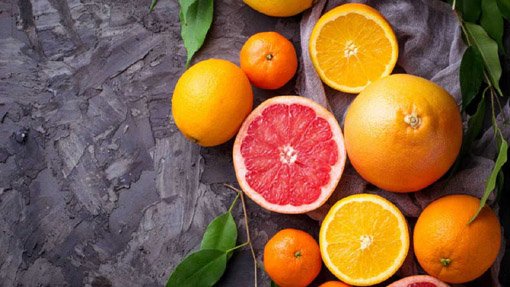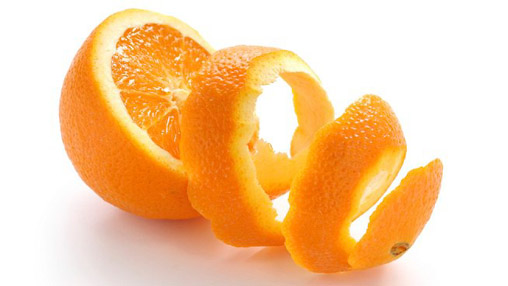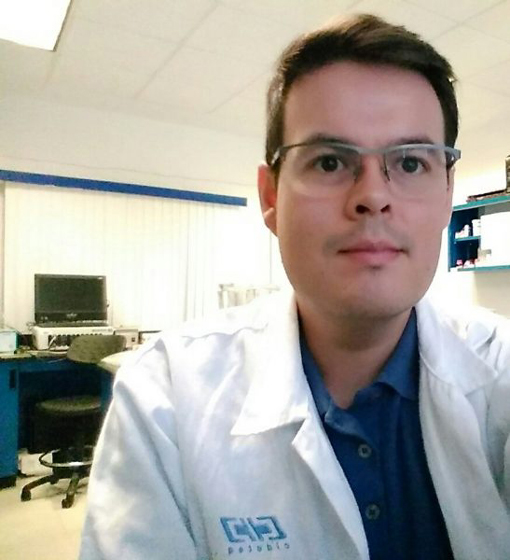The day before yesterday, I found a very curious news: "Some scientists design a material to clean water contaminated with fruit peels".
Indeed, Spanish and Mexican researchers have developed a method to clean water, containing heavy metals and organic compounds, that are considered pollutants, from a new adsorbent material made with fruit peels, such as orange and grapefruit.


Orange peel
These waste pose a problem for the food industry, as they are waste that occupy a large volume and have no great profits at present. It is estimated that the world produces 38.2 million tons of these shells, from the food industry, each year.
The study, which was attended by the University of Granada (UGR), the Center for Research and Technological Development in Electrochemistry (CIDETEQ), and the Center for Engineering and Industrial Development (CIDESI), both from Mexico, has served to design a novel process in which, thanks to a controlled instant decompression treatment, it is possible to modify the structure of these residues, giving them adsorbent properties such as greater porosity and greater surface area.

The Faculty of Sciences of the UGR
The Researcher, Luis Alberto Romero Cano, of the Research Group on Coal Materials at the Faculty of Sciences of the UGR, explains that through a subsequent chemical treatment, they have been able to "add functional groups to the material and make it selective, to remove organic pollutants and metals present in water".

Luis Alberto Romero Cano
A subsequent study of these researchers has shown that it is possible to pack these new materials, into fixed bed columns, similar to a filter, by which contaminated water is passed through a process, with a continuous flow, as the treatments of sewage are performed. Through this laboratory-scale study, it has been possible to obtain design parameters, to project the use of these materials, on a larger scale.
"The obtained results show great potential of use of these materials, as adsorbents, capable of competing against the commercial activated charcoal, for the adsorption and recovery of metals present in the waste water, so that sustainable processes could be carried out, where products with high commercial value, from waste of the food industry", says Romero Cano.
Well, I hope that you have liked this curious news, such as I have.
Until my next post, kind regards,
Luis.
Sponsored by Costaluz Lawyers.
Please click below:
